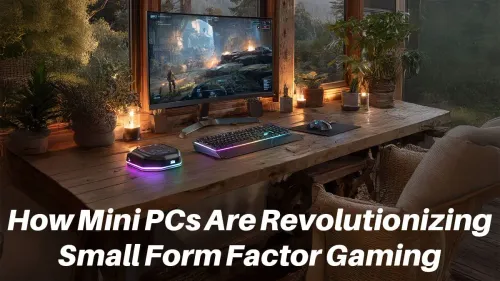
Compact Gaming Powerhouses
Discover how mini PCs are transforming gaming with powerful performance in tiny packages 🎮🔧. Learn why these compact rigs are the future of small form factor gaming and how they balance portability with high-end specs.
Explore the world of handheld gaming PCs with our expert FAQ guide! Discover if these powerful portable devices are right for you, how they compare to consoles like the Steam Deck, and what to look for in terms of performance and battery life. Get all your questions answered now. 🎮🚀
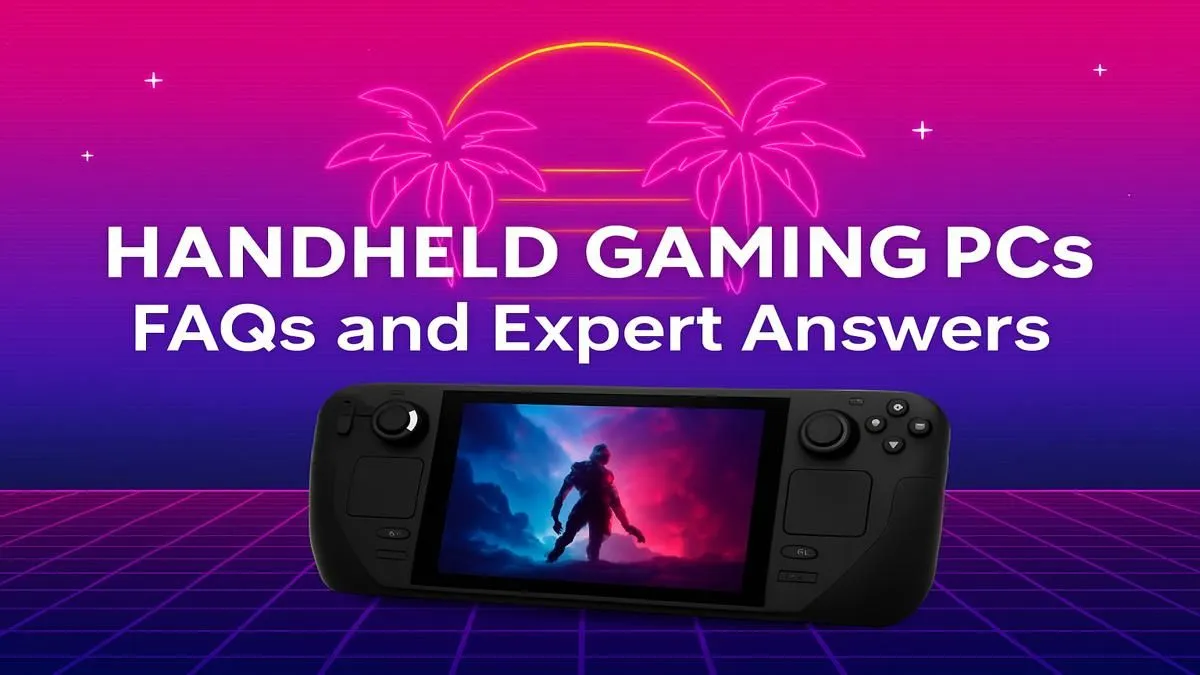
Tired of being tethered to your desk? The buzz around handheld gaming PCs is massive, but are they just hype? From the ASUS ROG Ally to the Lenovo Legion Go, these pocket rockets promise true PC gaming on the go. But can they handle the latest titles? What's the battery life really like? We're diving deep to answer your top questions and help you decide if a handheld gaming PC is right for your Mzansi lifestyle. 🚀
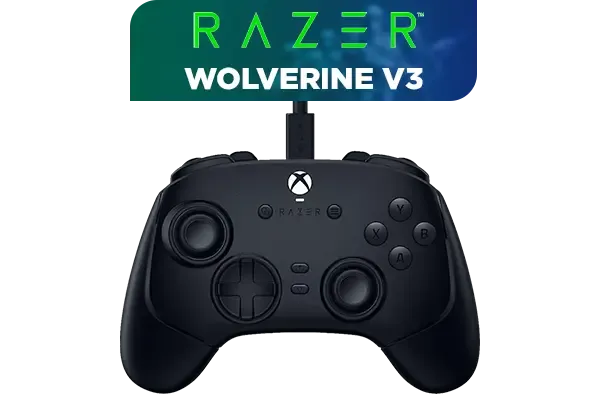




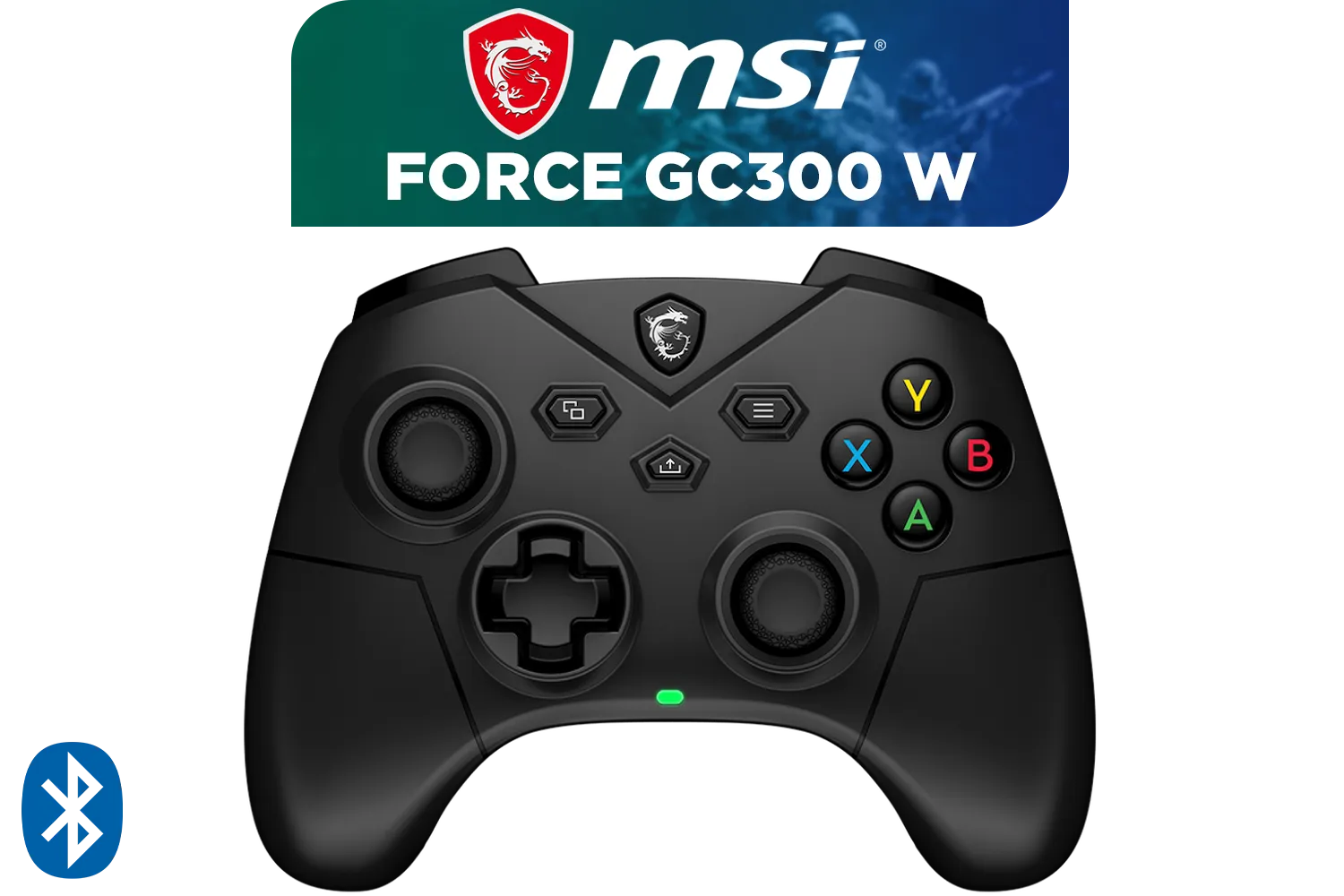
Think of a handheld gaming PC not as a competitor to the Nintendo Switch, but as a shrunken version of your desktop rig. These devices run full-fledged operating systems, usually Windows, giving you access to your entire game library across Steam, the Epic Games Store, and PC Game Pass. The magic lies in their custom-built processors (APUs) that combine CPU and GPU power to run demanding games in a compact form factor.
Unlike a closed-system console, you have total control. You can tweak graphics settings, install mods, and even use it for productivity. The core of the experience, however, relies on fast storage to load those massive game worlds. While they come with speedy drives, many enthusiasts look into upgrading the internal SSD for even more space and performance.
This is the big one. Can a device that fits in your hands run Cyberpunk 2077 or Baldur's Gate 3? The short answer is a resounding yes... with realistic expectations. You won't be playing at 4K Ultra settings, but you can absolutely get a smooth, enjoyable experience.



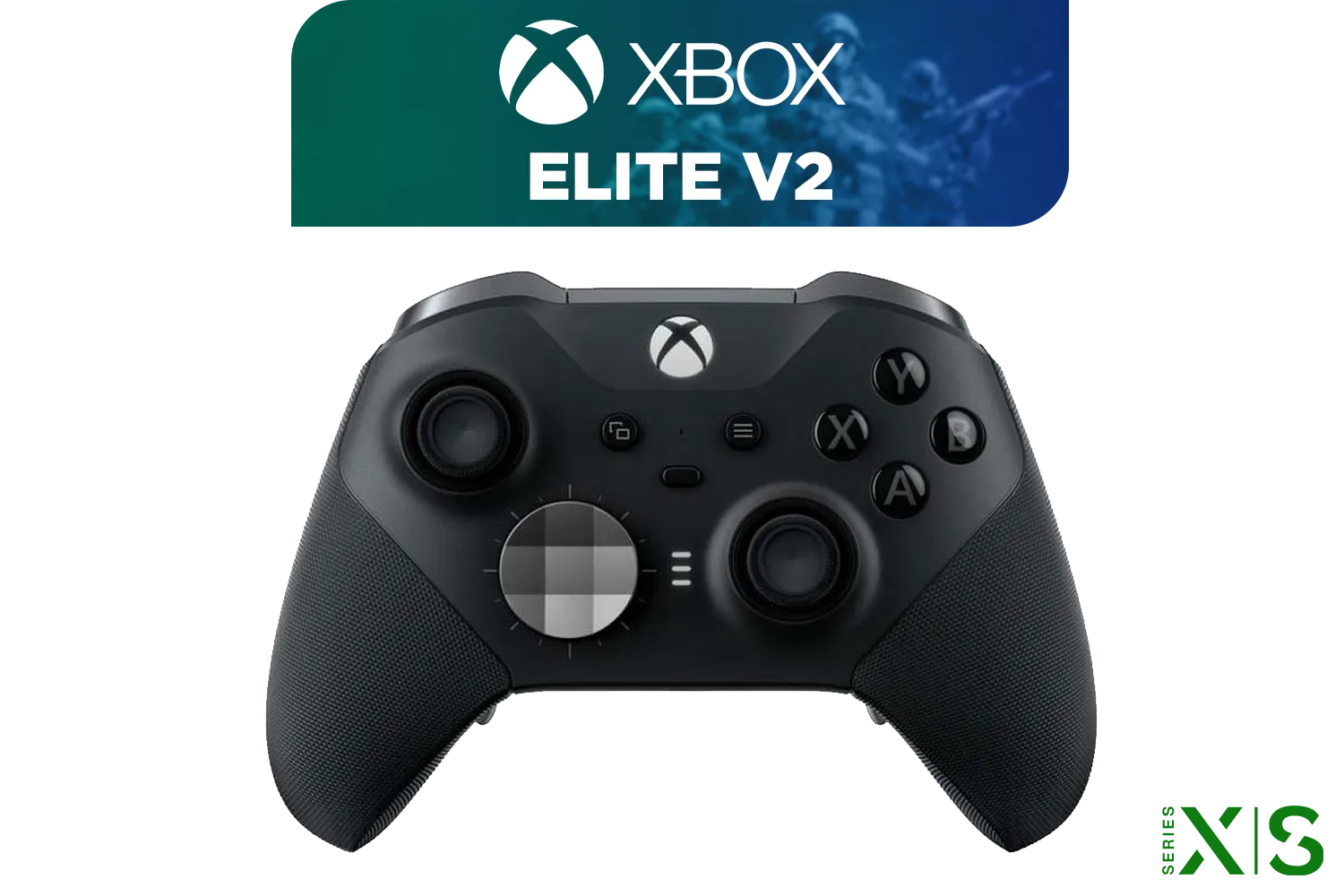

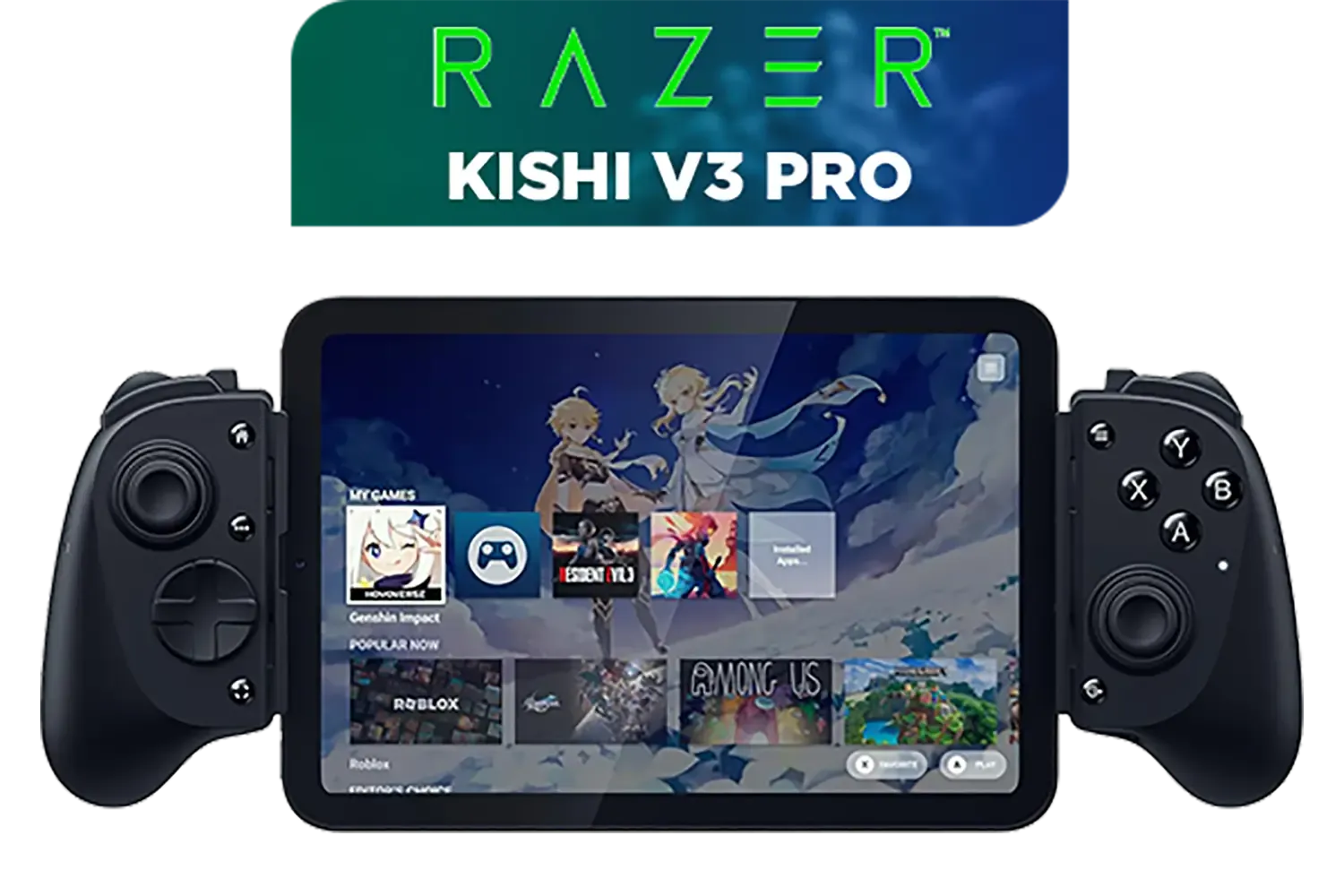
Here’s how they do it:
The experience is incredibly immersive, especially when you pair it with a great gaming headset to block out the world and dive into the action.
Let's be upfront: battery life is the main trade-off for all this portable power. If you're running a brand-new AAA game with the screen at full brightness and performance mode cranked up, you can expect between 1 to 2 hours of playtime. It’s the reality of powering a tiny PC.
However, for less demanding indie games, streaming from your main PC, or watching media, you can easily stretch that to 4-6 hours or more. Managing power is part of owning a handheld gaming PC. Many users invest in a high-capacity power bank as one of their first purchases, alongside other crucial gaming accessories like a protective case and screen protector.
Most handheld gaming PCs let you adjust the Thermal Design Power (TDP) in their settings. For less demanding indie games or older titles, lowering the TDP from 15W to around 10W can drastically increase your playtime without a noticeable performance hit. Experiment to find the sweet spot for your favourite games!


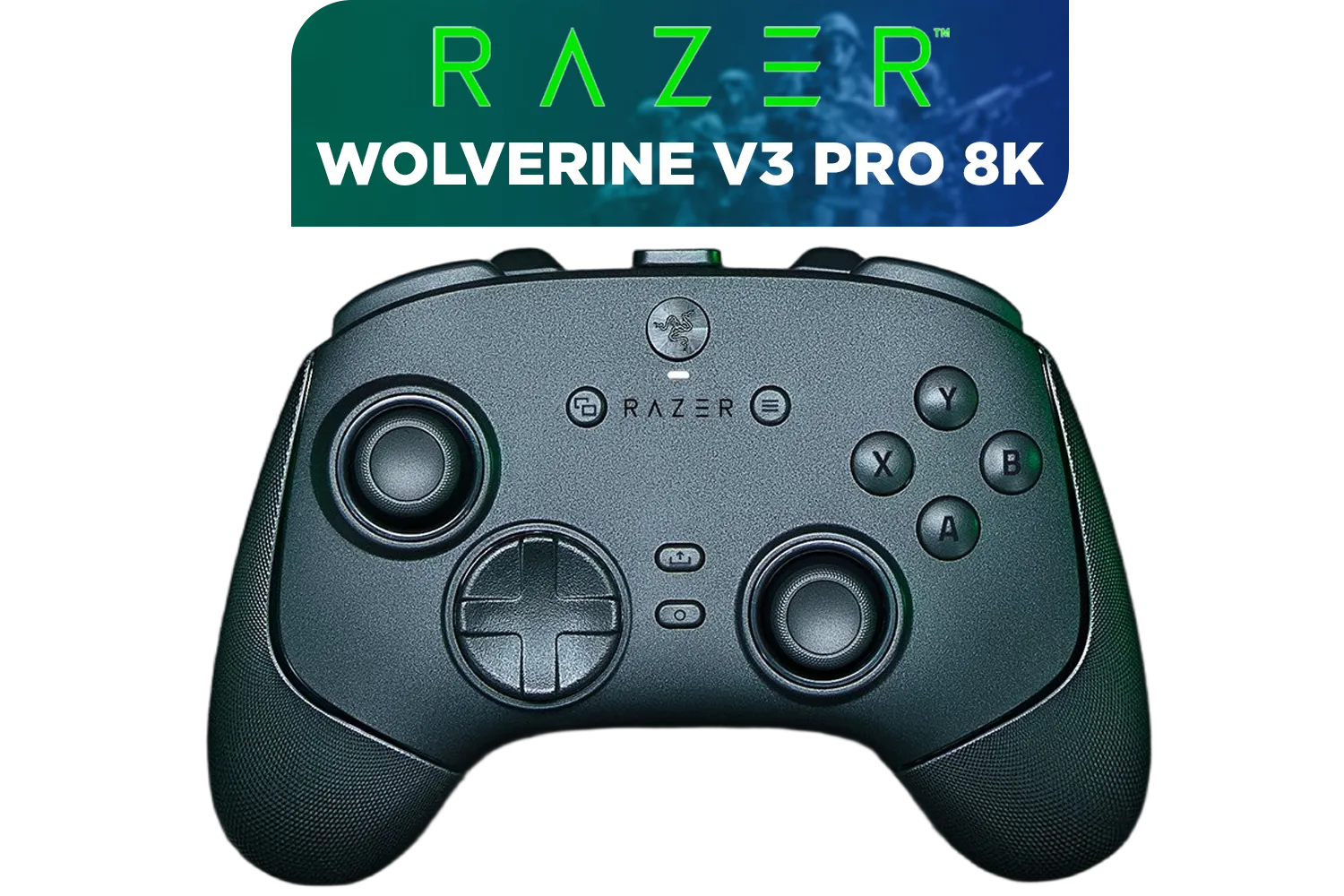
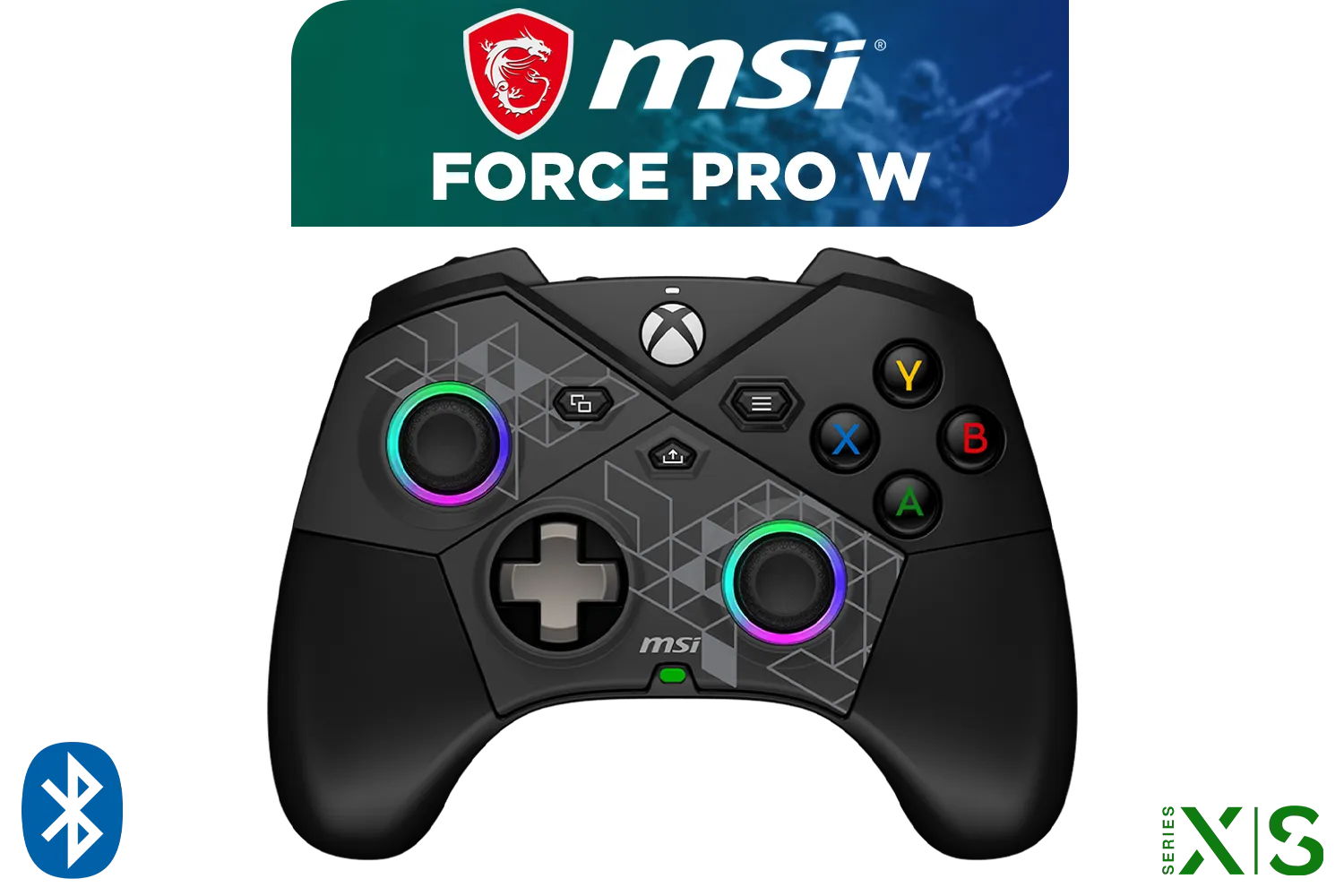


One of the most underrated features of Windows-based handheld gaming PCs is their versatility. With a simple USB-C dock, you can connect your device to an external monitor, keyboard, and mouse, effectively turning it into a capable desktop computer.
Suddenly, it’s not just for gaming. You can use it to catch up on emails, browse the web on a big screen, or manage your media library. This dual-functionality makes the investment much easier to justify. It’s a gaming machine for the commute and a functional PC for the hotel room or home office. When you start thinking about docks and peripherals, you can explore other tech essentials that complete your portable setup. ✨
Ready to Take Your Games Anywhere? Handheld gaming PCs are revolutionising how we play. Whether you're eyeing the ROG Ally or the Legion Go, the power to play your entire PC library on the move is here. Explore our range of handhelds and gaming gear and find the perfect setup for your next adventure.
For gamers who value portability without sacrificing their PC library, handheld gaming PCs are absolutely worth it. They offer a unique blend of power, flexibility, and convenience.
The primary difference is the operating system. The Steam Deck runs a custom Linux-based OS (SteamOS), optimized for gaming, while the ROG Ally runs Windows 11 for broader game compatibility.
Handheld gaming PC battery life varies greatly, from 1.5-2 hours for demanding AAA titles to over 6-8 hours for lighter indie games, emulation, or video streaming.
While powerful, it may not fully replace a gaming laptop for productivity or tasks needing a large screen and keyboard, but it excels for dedicated, on-the-go gaming sessions.
Yes, most modern handheld PCs can be connected to an external display via a USB-C dock or hub, effectively turning them into a hybrid home console for big-screen gaming.
Absolutely. Their powerful processors make them excellent devices for emulating classic consoles, from retro systems up to more modern platforms, offering a vast gaming library.